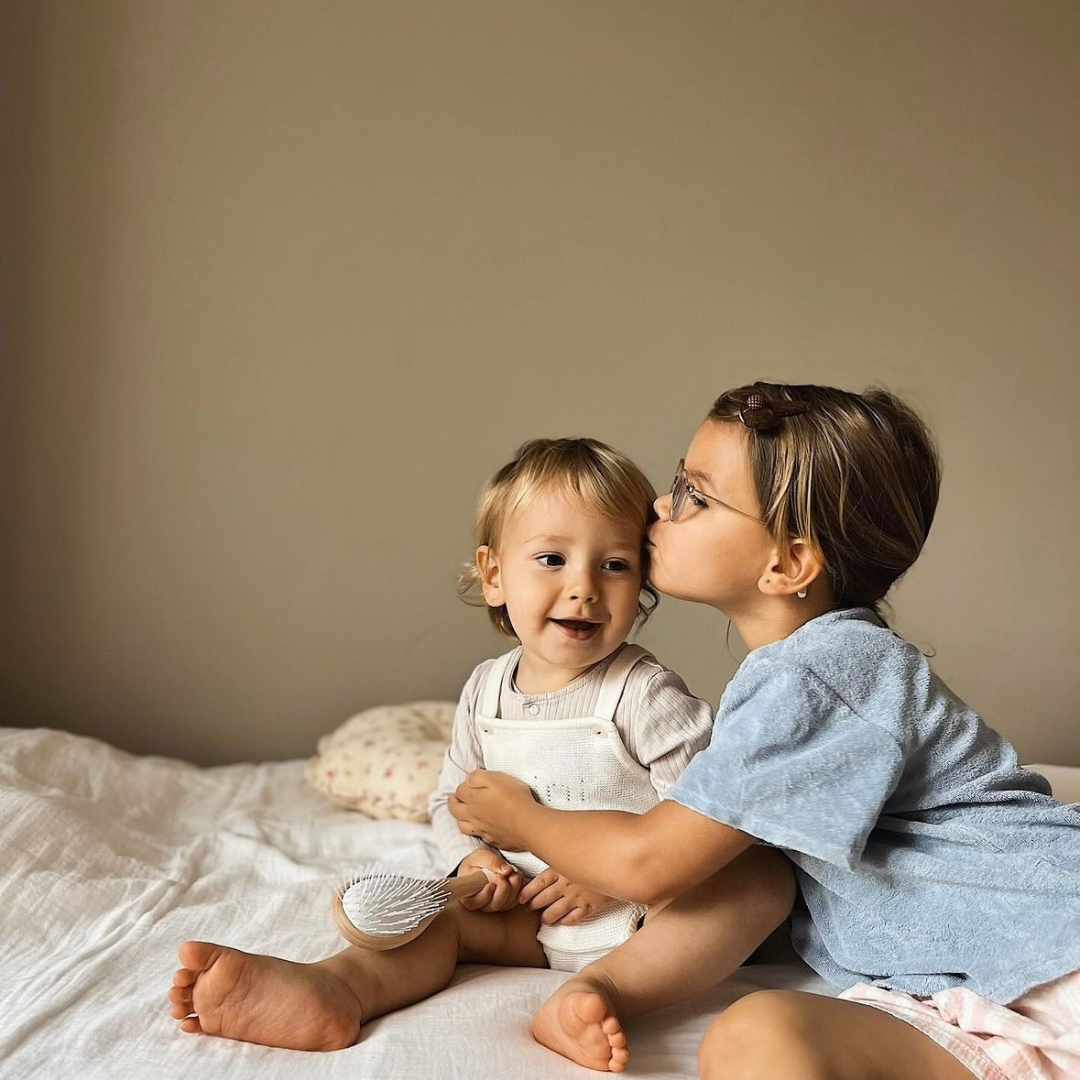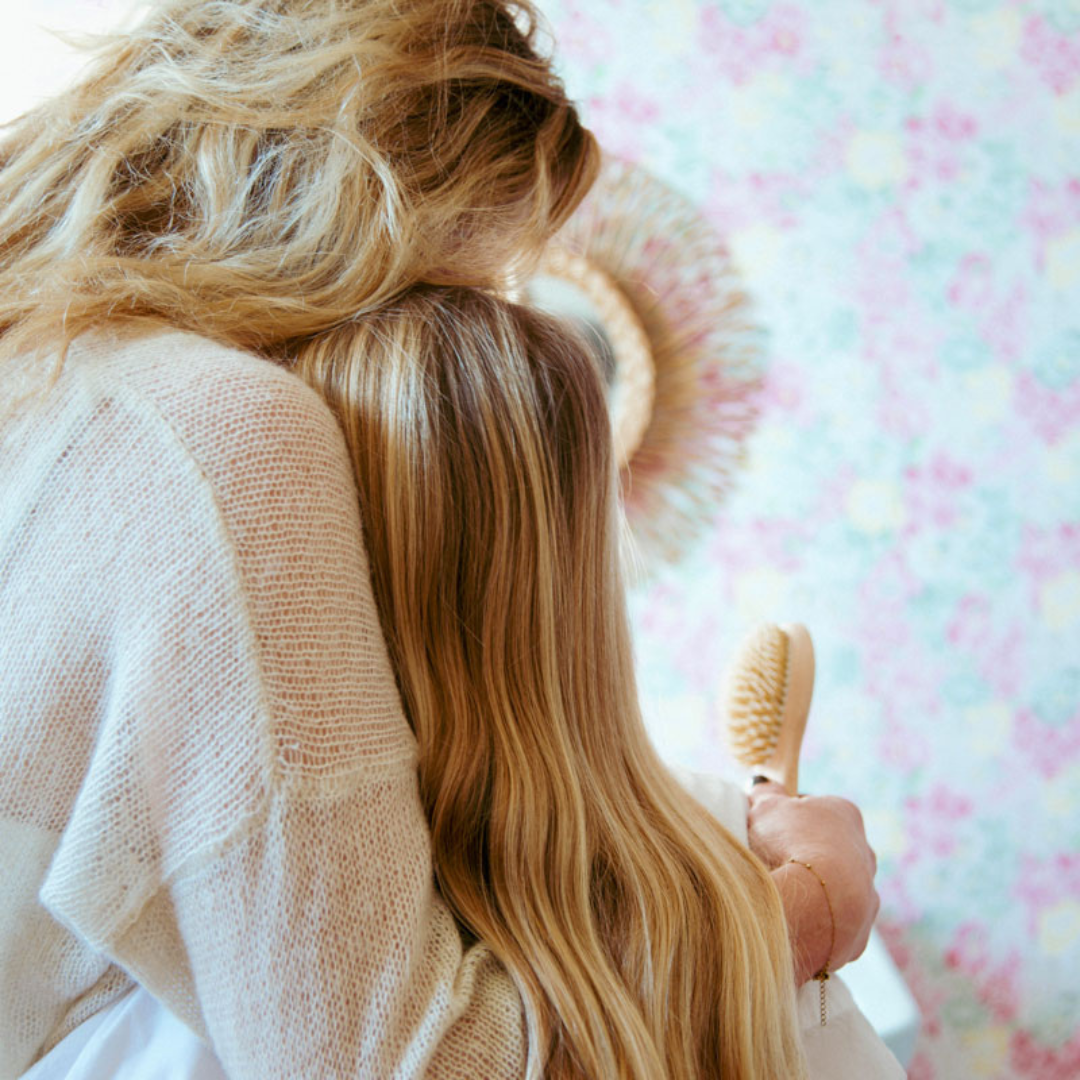- Confinement: simple, quick and safe
This is the simplest solution to implement. Place your brush in an airtight plastic bag (like a freezer bag), seal it tightly, and let it sit for at least 48 hours. Without oxygen or body heat, lice cannot survive. Even more radical: place the brush in the freezer for 3 hours. The extreme cold kills lice and nits without damaging the brush, provided you let it thaw properly in the open air afterward.
Caution: This method does not remove residue. Remember to wash the brush again after treatment to remove dead parasites.
- Vegetable oils: suffocate lice naturally
Certain vegetable oils, such as coconut oil or olive oil, are known for their asphyxiating effect on lice. This is a gentle method, ideal if you prefer to avoid chemical treatments. Dip only the bristles of the brush into 2 to 3 cm of oil in a bowl. Leave on for at least 2 hours.
To enhance the effectiveness of the treatment, add a few drops of lavender, lemon, or rosemary essential oil. These essential oils are known for their insecticidal and antibacterial properties. After soaking, rinse thoroughly with warm water and then wash the brush again with a mild soap.
- White vinegar: a formidable natural solution
White vinegar is a powerful weapon against lice and nits. It dissolves the protective membranes of these parasites, making them easier to eliminate. To use it without damaging your brush, pour 2 to 3 cm of it into a bowl and soak only the bristles for about 2 hours. Then, rinse well with clean water, then clean the brush as usual.
Vinegar can be irritating to the scalp if not rinsed properly, so this method is reserved for disinfecting accessories, not for direct application to children's skin or hair.







